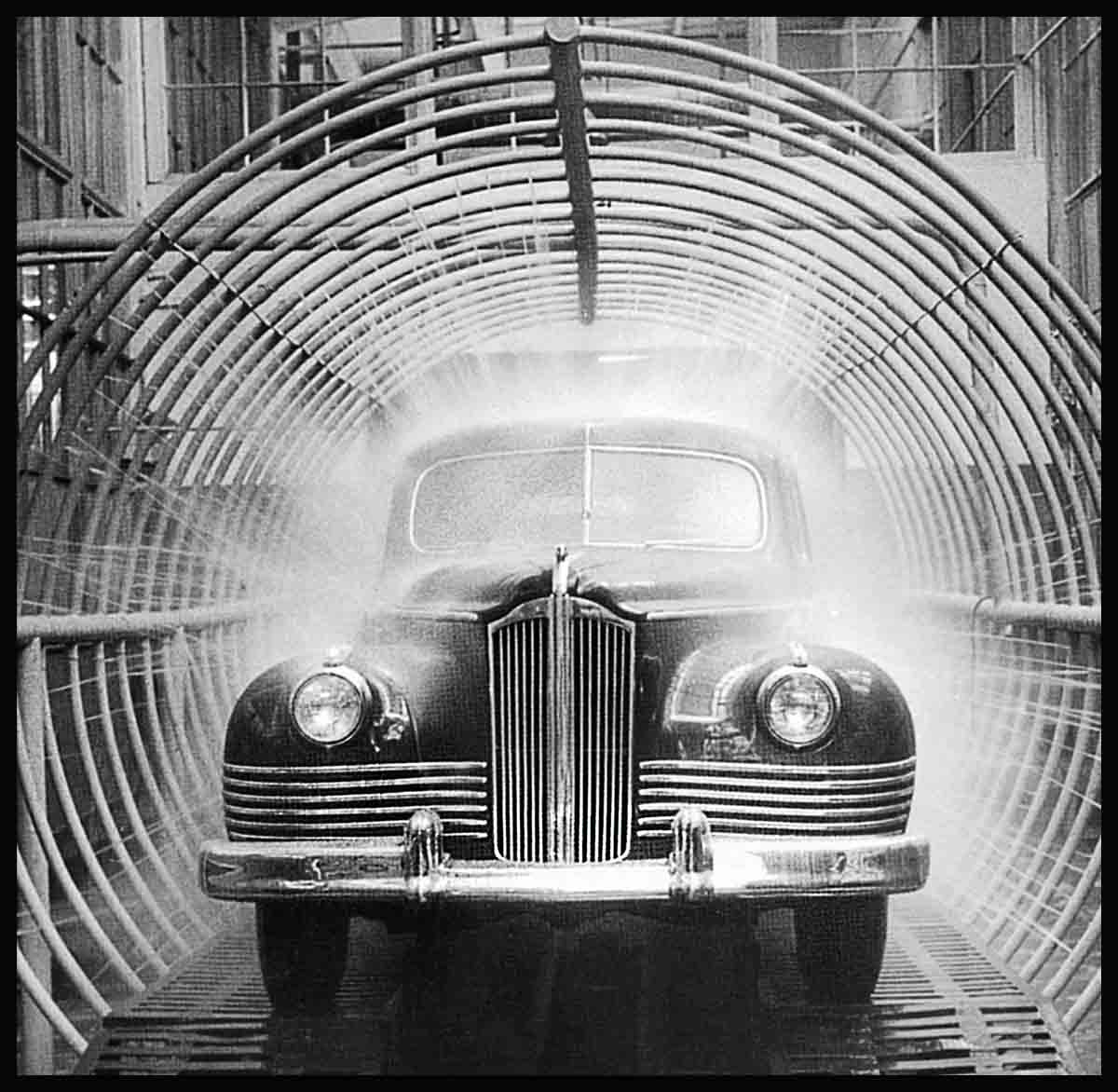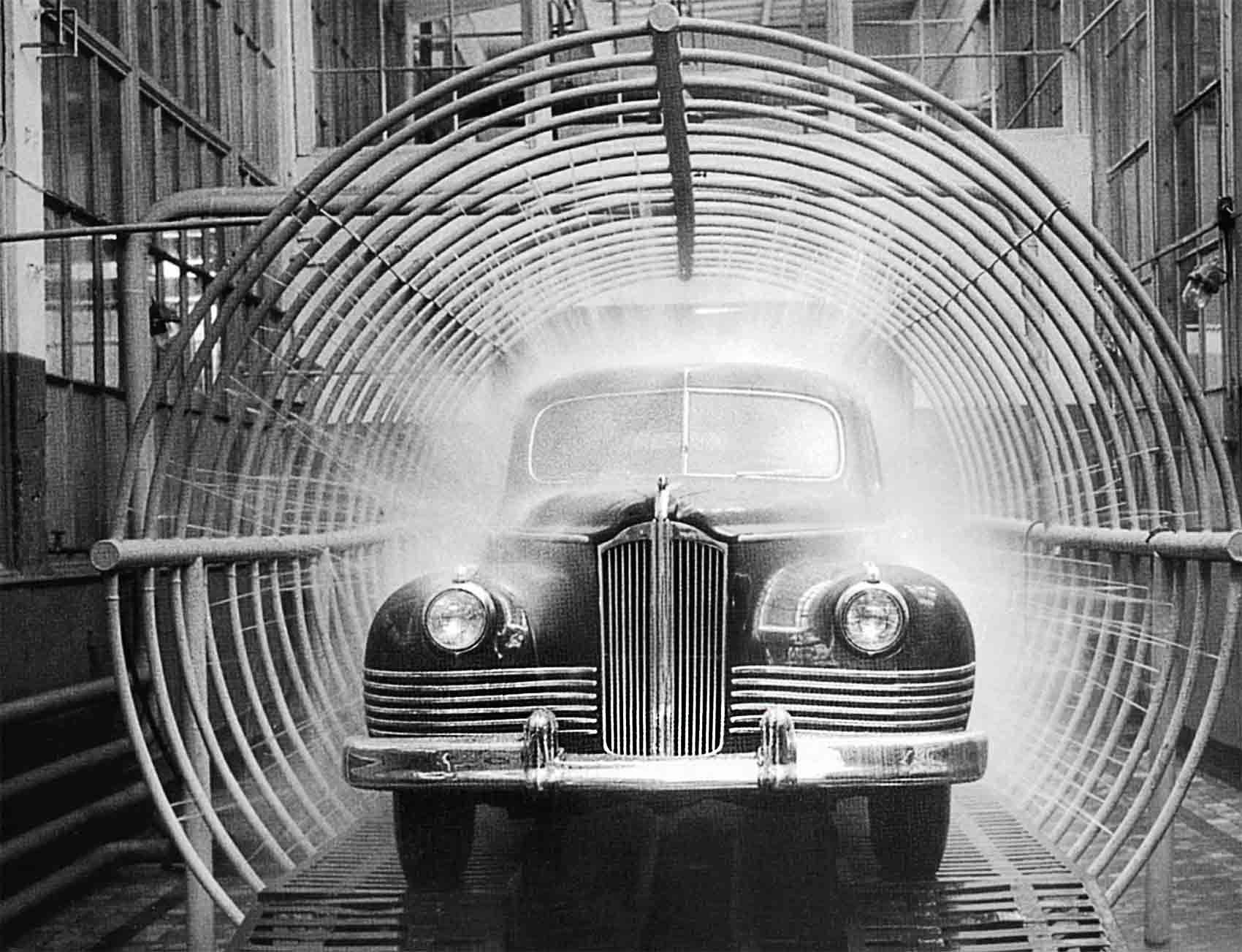
Improving Car Quality
Intensified rivalry, the rising demands of export markets, and, of course, ever more discerning customers all forced the postwar car industry into upping its game. Motoring had taken on a practical new aspect as car ownership became more affordable and so more widespread. Automobiles were no longer amusing playthings but serious consumer products. Gradually, car manufacturers adopted a scientific approach to perfecting their vehicles, and that meant endless pre-launch testing.

RIGOROUS TRIALLING
Endurance runs helped to identify structural and mechanical flaws, while road testing in hot and cold climates was essential to see if a vehicle could withstand extremes of weather. Innovative factory techniques were also devised to assess the durability of new models. Specially designed rigs subjected components to weeks of continuous durability simulation tests. Keeping dust, fumes, and water out of a car was important to protect its interior and prolong its life. This Russian ZIS 110—similar to the limousine used by Russian leader Joseph Stalin—is here being deluged with dozens of high pressure water jets to check for leaks. Perhaps not surprisingly, Stalin’s own modified ZIS, which weighed more than 4 tons, was completely impregnable, since it was fully armour-plated.
An example of the ZIS 110 limousine, possibly a prototype, undergoing painstaking water-ingress tests at the Moscow factory, c.1949. The ZIS was based on the design of the Packard Super Eight.
It is a quote. The Classic Car Book – The Definitive Visual History 2016




